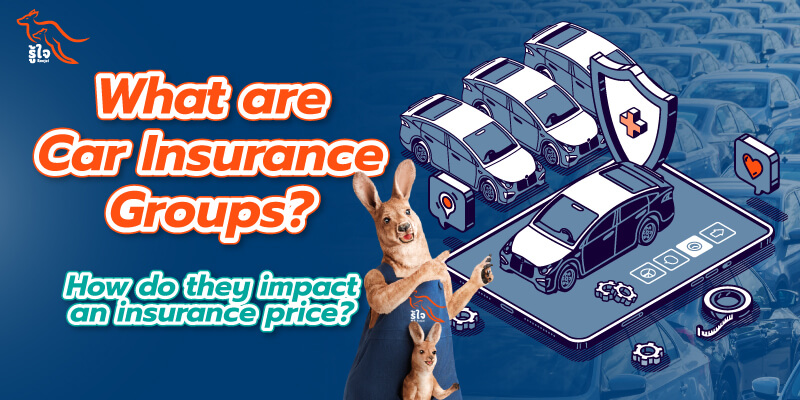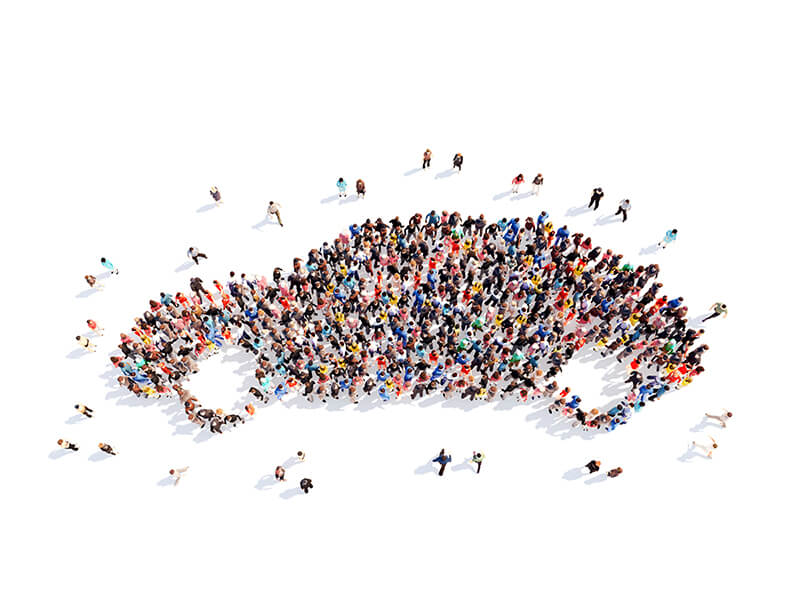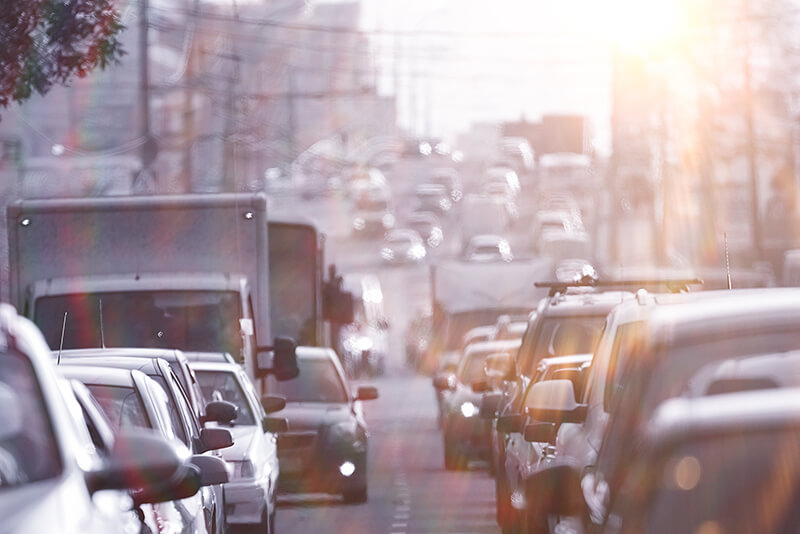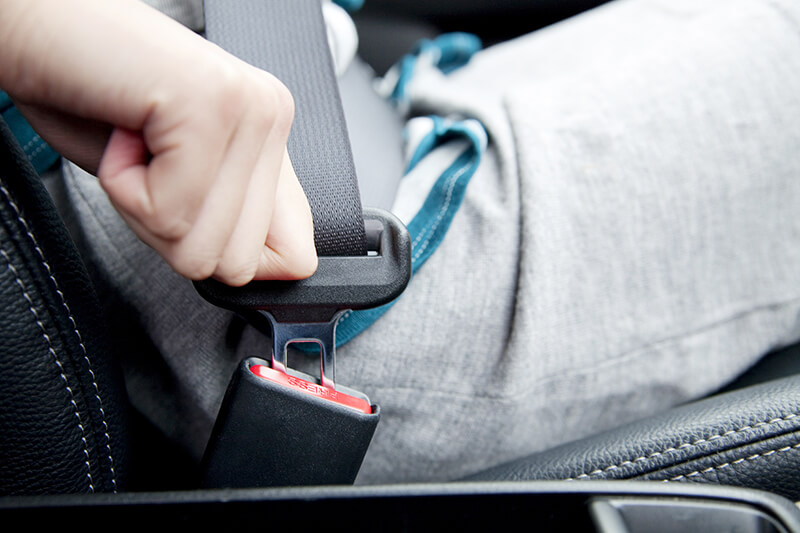
The world of insurance can feel a little overwhelming, particularly for new drivers. For example, car insurance groups? What are they and how do they work? And where do you fit into all of it? Are they really that important? And what kind of impact will your car insurance group have on your insurance cost?
In this article, we’re going to explore car insurance grouping in greater detail, so that you can get a better understanding of what to expect when looking to insure your vehicle.
What are car insurance groups?
Car insurance groups are a way of categorising vehicles, drivers, and using such data to determine insurance premiums. After all, it wouldn’t be fair to lump everyone into the same category, particularly with such vast differentiation between driver age, history, and car value. Why should you pay the same as a Ferrari driver when your car is so easy and inexpensive to send to a car repair garage?
This is one of the big reasons that car insurance grouping is so important. Insurance companies use car insurance groups so as to ensure that everyone gets fair coverage without paying more than is necessary, or appropriate.
In the early days, car insurance grouping ranged from 1 – 20. Today however, car insurance groups now go all the way up to 50!
- Car insurance grouping provides a simple method to calculate insurance premiums
- Groups are decided based on security, safety, performance, car cost, vehicle part prices, repair costs, and much more
- Other factors include: location, age, occupation, driver’s history, and so on

How do car insurance groups work?
Every car manufactured will fall into one of the 50 different car insurance groups. These range from the cheapest, to the most expensive vehicles to insure for an insurance company. The lower the number, the cheaper your car is to insure, and vice versa.
- Group 1 = an older vehicle with lower milage and or quality auto parts
- Group 50 = a luxury car or powerful performance vehicle that is masterpiece of lavish engineering
If you are driving around in a small city car, for example, a Honda Brio, then your car insurance grouping will likely be somewhere between group 1 and 10.
If on the other hand, you’re cruising around in a fancy sports car, like a Lamborghini, then your insurance grouping will be somewhere in the region of 41 to 50.
What are the deciding factors for car insurance grouping?
So, what are some of the deciding factors that outline car insurance grouping (besides the vehicle cost)?
In general cases, the cheaper and easier it is to manufacture your vehicle, the lower down in the grouping it will be. However, as mentioned above, car insurance grouping isn’t just about vehicle price. There are a wide variety of different factors to consider, which is precisely why insurance grouping sprang from 20, all the way up to 50! These factors include:
- Overall vehicle cost: How much money was spent on the vehicle in the first place? And what specifications does it have? These factors serve as an initial guide to any potential replacement and repair costs
- Vehicle security features: How easily can your vehicle be broken into and stolen? Older vehicles with fewer security features are far more likely to have to deal with car theft. Then again, the more lavish and expensive the vehicle, the more desirable it is to would-be thieves, which is also a deciding factor
- Vehicle performance: How quickly can your car get from 0 to 60 mph? What is the car’s top speed? These performance factors are crucial in deciding on car insurance grouping, as vehicles that offer greater performance also increase the risk of car accident due to the potential of people ‘showing off’
- Car safety features: Just as performance can increase the risk of a car accident, certain vehicles have much better safety features than others. Potential damage to the vehicle itself (as well as to others) is an important deciding factor. The more safety features – the better the grouping
- Cost of car replacement parts: How much will it cost to replace each of the 23 most common auto parts in your car? Certain vehicles have specific car parts that are much rarer than others; this is an important deciding factor for car insurance grouping
Ultimately, car insurance grouping depends on the overall risk level to the insurer. How expensive is it going to be for the insurance company, if in the event of a road accident?
The more money the insurance company will have to pay out if you crash your car, the higher the grouping, and subsequently higher the insurance premium will be.

What are car insurance security ratings?
When considering how insurance companies rate vehicles, it’s not just the 50 car insurance groups that you need to keep in mind, but the security ratings as well.
The higher the car insurance group, the more security features should be in the car. Vehicles with a top-speed of 253 mph will naturally need security and safety features in place to reduce the risk of having a major road accident, as opposed to an older automobile that can barely make it over 60 mph.
These security ratings are differentiated by letters:
- E: EXCEEDS the safety standard of the vehicle – additional after-market car safety features result in better, lower grouping
- A: ACCEPTABLE safety level for the vehicle type – enough car safety features to meet the criteria
- D: DOES NOT meet the safety standard for the vehicle type – fewer car safety features result in higher grouping
- U: UNACCEPTABLE safety and security standards – your insurer can refuse to insure your car until your secure the appropriate aftermarket features for your car type
- P: PROVISIONAL – this applies to newly manufactured cars with insufficient data on car safety and security features
- G: GREY IMPORT – speciality or imported vehicles are typically not subject to standard car insurance group / security ratings

What other factors may affect your car insurance premium?
It’s not just the car itself and the cost to replace certain car parts that can affect your car insurance premium. Here are some other factors that can influence the overall cost of your insurance:
- Car Parking Location: High-crime areas with regular vehicle theft and vandalism will result in higher premiums
- Age: Younger drivers, particularly males, are more likely to be involved in car accidents and therefore must pay higher premiums
- Occupation: If you work in an industry that involves driving with higher risk factors when on the road, this will affect your premiums
- Driving history: If you have a history of reckless driving, then your premiums will be higher
A car insurance group is a means of determining the overall risk factor for an insurance company, when insuring you and your vehicle. The more expensive or unsafe your vehicle, the costlier it will be to insure it and obtaining the best price of car insurance premium for it.



